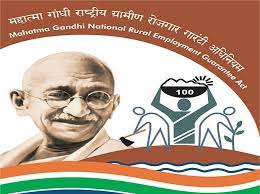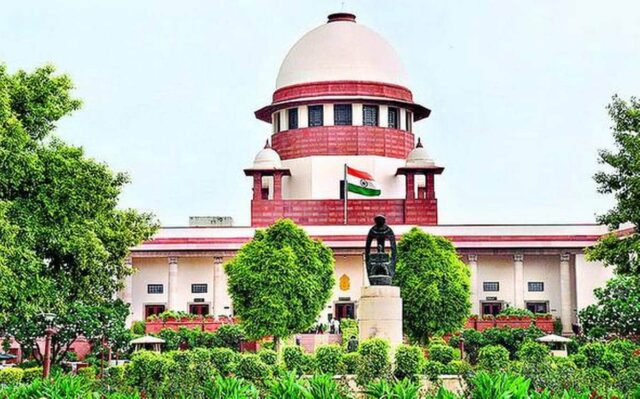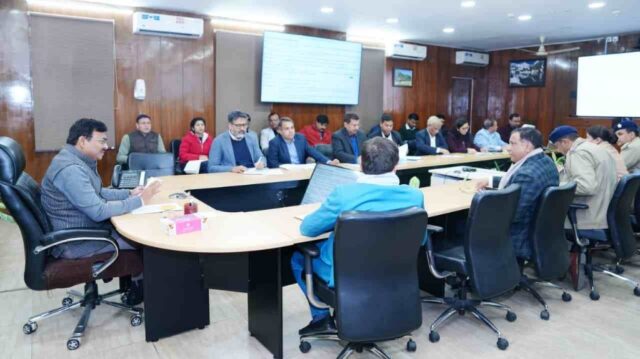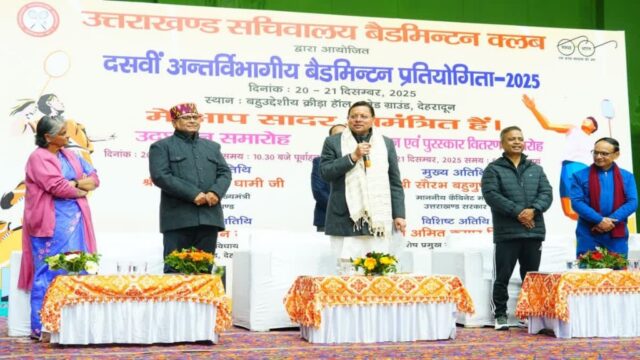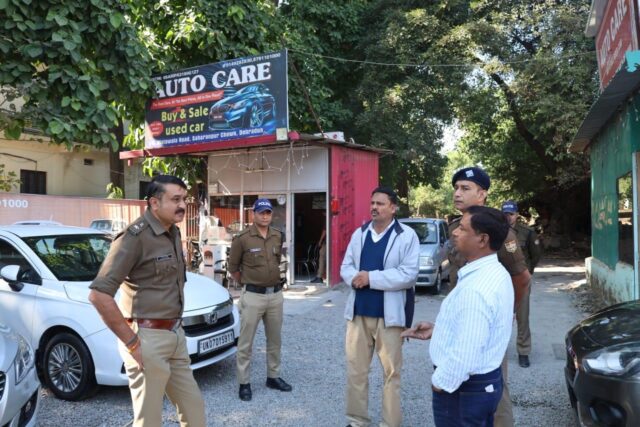How are Rajya Sabha MPs elected, what is the voting process?
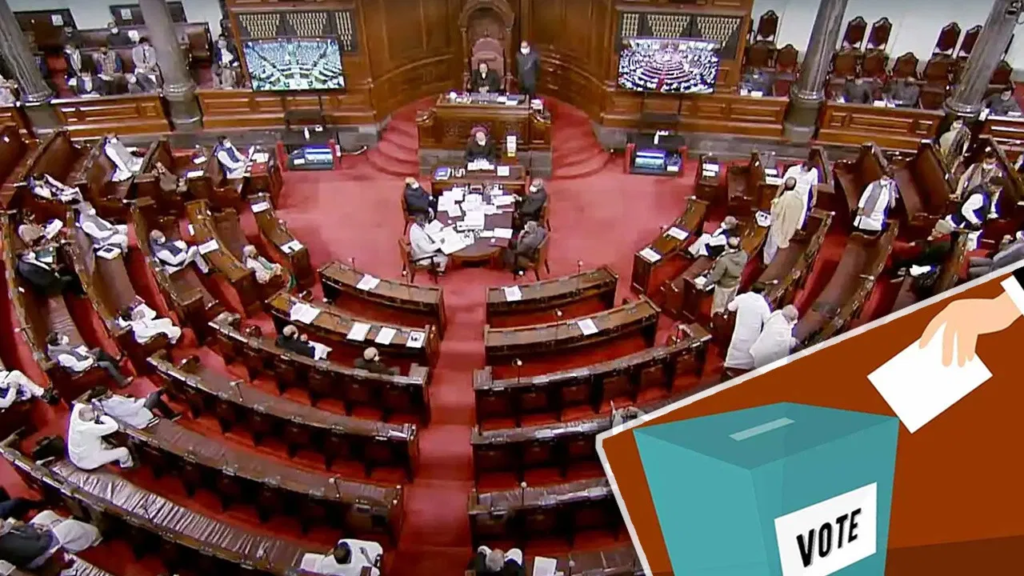
The last date for filing nomination papers for Rajya Sabha elections is 15 February. At the same time, their retrenchment will take place on 16th February. Along with this, the last date for withdrawal of names is 20th February, the date of voting is Tuesday 27th February and the result will be declared on the same day. Voting time in the assembly complex will be from 9 am to 4 pm. At the same time, the result will also be declared by late evening.
Rajya Sabha election process
Let us tell you that the process of Rajya Sabha elections is not like general elections. Rajya Sabha elections are not understood by most of the people, but we will tell you how this process works. Now let us understand in detail.
General public does not vote
Keep in mind that neither we nor you, the general public, vote in the Rajya Sabha elections. Just as it happens in Lok Sabha elections that MPs are elected by the public, Rajya Sabha elections do not happen in the same way. So first of all know that Rajya Sabha is a permanent house, just as Lok Sabha can be dissolved, Rajya Sabha cannot be dissolved in the same way. There are fewer seats in Rajya Sabha as compared to Lok Sabha. At the same time, according to Article 80 of the Constitution, the total number of MPs in Rajya Sabha can be 250. Out of these 250, 238 members are elected from the states or union territories, while the remaining 12 MPs can be eminent persons of the country, who are nominated by the President. However, at present this figure in the House is 245 MPs. Keep in mind that the tenure of a Rajya Sabha MP is also 6 years. That means five years in Lok Sabha and six years here.
This formula is special for Rajya Sabha elections
A special formula is used in the elections of Rajya Sabha MP. In this, how many votes an MP needs is decided in advance. In this, the total number of MLAs of an assembly is multiplied by 100 and it is divided by adding one to the total Rajya Sabha seats of the state. After adding 1 to the number that comes after that, it is the total number of votes to win the Rajya Sabha seat in a state.
This is the formula
Total number of MLAs in the Assembly x 100/(Rajya Sabha seats+1)= +1. Now if we take the example of Himachal, there are 68 MLAs here. If we look at the calculation of the formula, 68/1+1= 34+1=35. If there is election on one seat in Himachal, then 35 votes will be required here. In such a situation, there are 40 Congress MLAs in the state, so this seat is certain to go to the Congress.
If you are confused then understand in simple words
To put it in simple language, no EVM is used in Rajya Sabha elections. A number from 1 to 4 is written next to the name of each candidate. MLA has to mark it on the basis of preference. Meaning you don’t have to do anything. Therefore you do not have to get confused.
FacebookTwitterEmailWhatsApp

